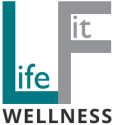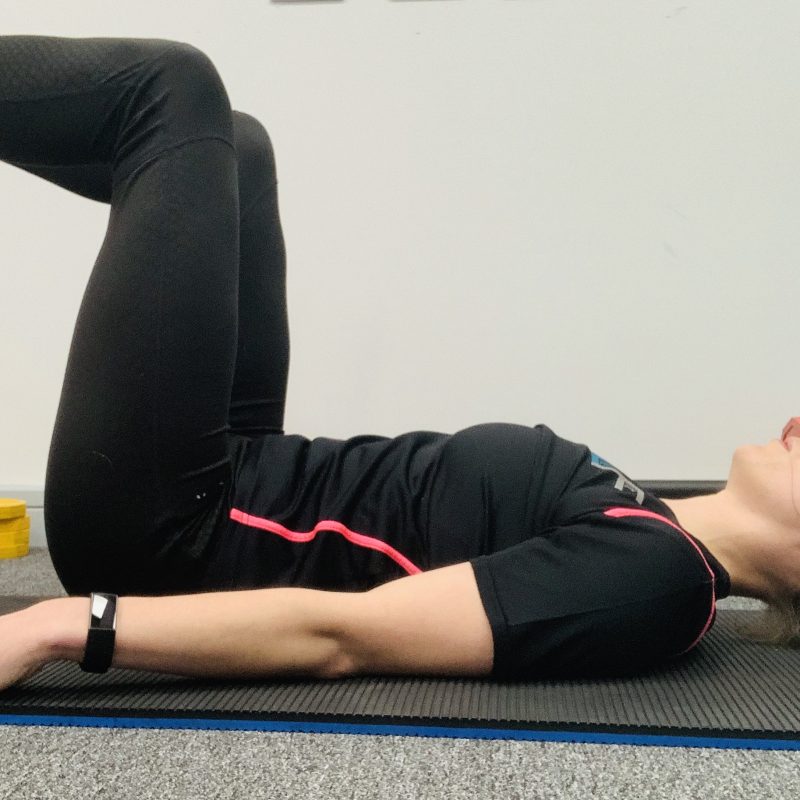By Morven Murray, Chartered Physiotherapist and Pilates Instructor.
Having spent the last three years training to be a Pilates Instructor I thought it might be of interest to share some of my thoughts and reflections during this process from a personal perspective.
Prior to participating in Pilates training, but in my role as a physiotherapist, I often had patients ask “Would Pilates would be useful for my condition?”, whether it be back pain, neck pain or hip issues.
It is one of those forms of exercise which people have heard may be good for them but really don’t understand what it is all about, and indeed many have preconceived ideas that its “not really for them”.
Whilst I had always used elements of Pilates in my treatments for certain patients it wasn’t until participating in further in-depth study (including practical and research aspects) that I fully began to understand and appreciate the far-reaching benefits of incorporating this specific form of exercise into patients (and my own) training regimes.
So, what is Pilates?
When people think of Pilates they often talk about ‘core strength’, but on questioning patients as well as clinical practitioners it is often hard to find a consensus of what is meant by this term. One definition found in the literature states:
“Core muscles can be defined as a muscular box with the abdominals in the front, paraspinal and gluteals in the back, the diaphragm as the roof, and hip girdle musculature and the pelvic floor at the bottom.”

I particularly like this definition as it incorporates not just the abdominals which is what we typically think of, but also the muscles that help produce movement in the hips, legs and trunk. By also mentioning the diaphragm it introduces the concept that breathing control can influence this region.
Another definition relating to core strength that I like is:
“The muscles attaching to the torso which help stabilise the spine and determine posture.”
This idea of stability and posture is central to the practice of Pilates, as is breathing control. From these definitions we can see that our ‘core’ is much more than just our abdominal muscles, and Pilates is much more than just about strengthening these.
Pilates was originally developed in the 1920’s by Joseph Pilates using a series of strengthening and conditioning exercises to promote recovery for patients in hospital during WW2. It has evolved over the last century and is now practiced worldwide.
I would encourage anyone who thinks Pilates is “too easy and gentle” (a comment I often hear from patients) to have a look at the photos and descriptions of some of the classical Pilates movements in Joseph’s book ‘Return to Life with Contrology’ and perhaps you might find yourself thinking again!
So from what I’ve teased out of the literature and from my studies I now tell patients I would describe Pilates as a form of exercise which incorporates strengthening, flexibility and endurance with an emphasis on precise movement and the connection of body and mind. It can be tailored for any level of client, from beginner movements up to more advanced with the option of the addition of small equipment props to further challenge strength and balance for a full body workout.

Why choose Pilates?
There are many benefits to introducing Pilates into your training whether you are currently suffering from injury or if you would like to complement your training regime. Let’s consider a few:
1. Low impact and adaptable – anyone can do it!
Due to the controlled precise movements involved it puts little strain on your joints and can therefore be a good starting point for strengthening if you are injured, or if you struggle to do exercises due to long-term joint pain. Do not be fooled, low impact does not necessarily mean easy! The Australian Physiotherapy and Pilates institute (APPI) is who I completed my training with. Their focus is clinical Pilates, which breaks down the original Pilates exercises and builds them back up in levels, some with modifications to take into account pathology. Some of the original repertoire is excluded in a class setting, as with modern day research the benefits of the particular exercise may be outweighed by risk factors. From this clinical background it means Pilates classes can always be adapted to suit individual’s needs
2. Postural improvement
Pilates focusses on postural correction: this can be useful in strengthening the muscles which can become fatigued/overworked in today’s lifestyles where we tend to be in stationary postures for too long. From a personal perspective I often use it as my ‘reset’ after a day of treating in clinic and bending over a treatment plinth.
3. Stress reduction
By focussing on the mind-body connection it can allow you to switch off from stresses which may be contributing to pain and tension and can promote body awareness which may help prevent injuries building up. Again from a personal perspective I’m so focussed on what muscles I’m using, how the exercise feels that I don’t have the opportunity to ‘tune out’ and wonder what I need to get for dinner in the supermarket on the way home!
4. Injury reduction and recovery
By tuning into your body movements during a class and focussing often on balance and single muscle groups, discrepancies in strength or mobility in a region can be brought to your attention which may allow you to target them to prevent injuries. For example, my single leg bridge on the left is much harder which may indicate a weakness in my left gluteal muscles which in turn may be contributing to my left knee pain, I therefore target this region with both Pilates and gym based work.
Despite these benefits I still come across some sceptical patients and friends with some misconceptions about Pilates…some of which I admit to having myself prior to undertaking training.
Recognise any of these?

It’s not really a work-out:
Now I think this most likely indicates they are not doing the movement optimally or they are not in the right level of class. Being more aware of the correct technique for the exercises after hours of self-practise I can definitely ‘feel the burn’ during a class and quite often work up a sweat!
It’s not functional to my sport:
I would argue most sports from rugby to golf to running require stability of the trunk and strength and flexibility to produce force in the arms and/or legs so adding this as an element to compliment your training may be beneficial. As a lover of the gym I do not replace my workouts with Pilates, I use it in addition 1-2 x per week to enhance my training.
Just for women?
This is a common misconception that I hear often from male clients. The method was initially designed by a guy for guys. Modern day sports personnel including Tiger Woods and Andy Murray have used the method to improve their performance and recovery from injury.
Yoga vs Pilates:
I often get clients suggesting they tried Yoga, found it too difficult, or indeed picked up an injury they attribute to it which then puts them off trying Pilates. Yoga and Pilates – whilst having similar themes- are quite different. In a nutshell I feel the focus on Pilates is more strength and relates exercises to function, whereas Yoga perhaps focusses more on the flow of movements for flexibility with an emphasis on spirituality and meditation.

In conclusion, my Pilates journey in recent years has taught me that it is a very useful adjunct to my own training and is an excellent addition to my clinical practice when dealing with patient injuries.
I make no apologies for being a ‘Pilates geek’ and look forward to having the opportunity of introducing you to the benefits of the Pilates method in an introductory 1:1 session. This is in our private Pilates studio and included in cost are x2 follow up classes (either virtual or face2face whatever your preference) to allow you to begin to put it all in action. You will also receive some short videos summarizing the Pilates key elements and base level exercises, allowing you to refresh your knowledge and continue to practise confidently at home.
Some of you have already discovered the benefits of Pilates and have, I know, been delighted that Life Fit Wellness have been able to resume their face2face classes in the studio (on a temporary ‘pause’ as I write this in line with current guidelines but we will be back!)
I very much look forward to meeting you and being part of your Pilates journey of discovery as I join the talented Pilates team at Life Fit Wellness and begin contributing to teaching some Pilates.
Full details of the class timetable and bookings for both virtual and f2f are available on our website.
Attending a Pilates 1:1 and information about our virtual Pilates service can also be found.












